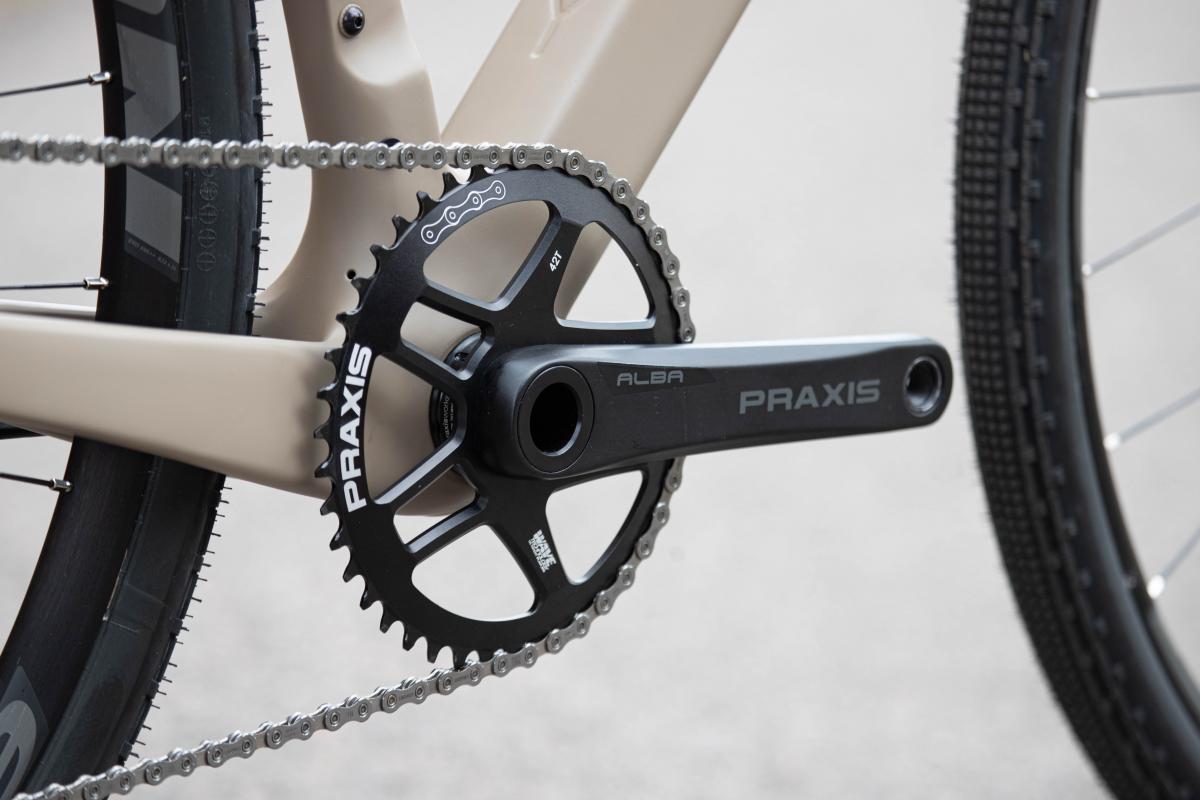
Evan Christenson
Our Guide to: 1x vs 2x
- ,
- , Gear
I’m going to remain adamant about my belief that it is the bicycle’s core concept and not it’s small technicalities that make it great. But me, writing this just after celebrating dropping my single speed set-up in lieu of gears, also can concede that a bike with less limitations invites more fun. Any tool, and a bicycle especially, works best when you think less and less about it until the tool becomes an extension of yourself.
So the genuine answer to what drivetrain is best is the one that just…disappears.
This philosophy is why I hated my single speed flaanimal so much. Yes, the novelty was amusing, but the fact I had to plan rides around mountain passes, watch my friends pedal away on descents and sprint into climbs made my bicycle a tool less capable of its job and an inherently less enjoyable thing. So when we proceed into the following technical argument and you decide what drivetrain is best for you keep this in mind- The drivetrain you want is the drivetrain you forget.
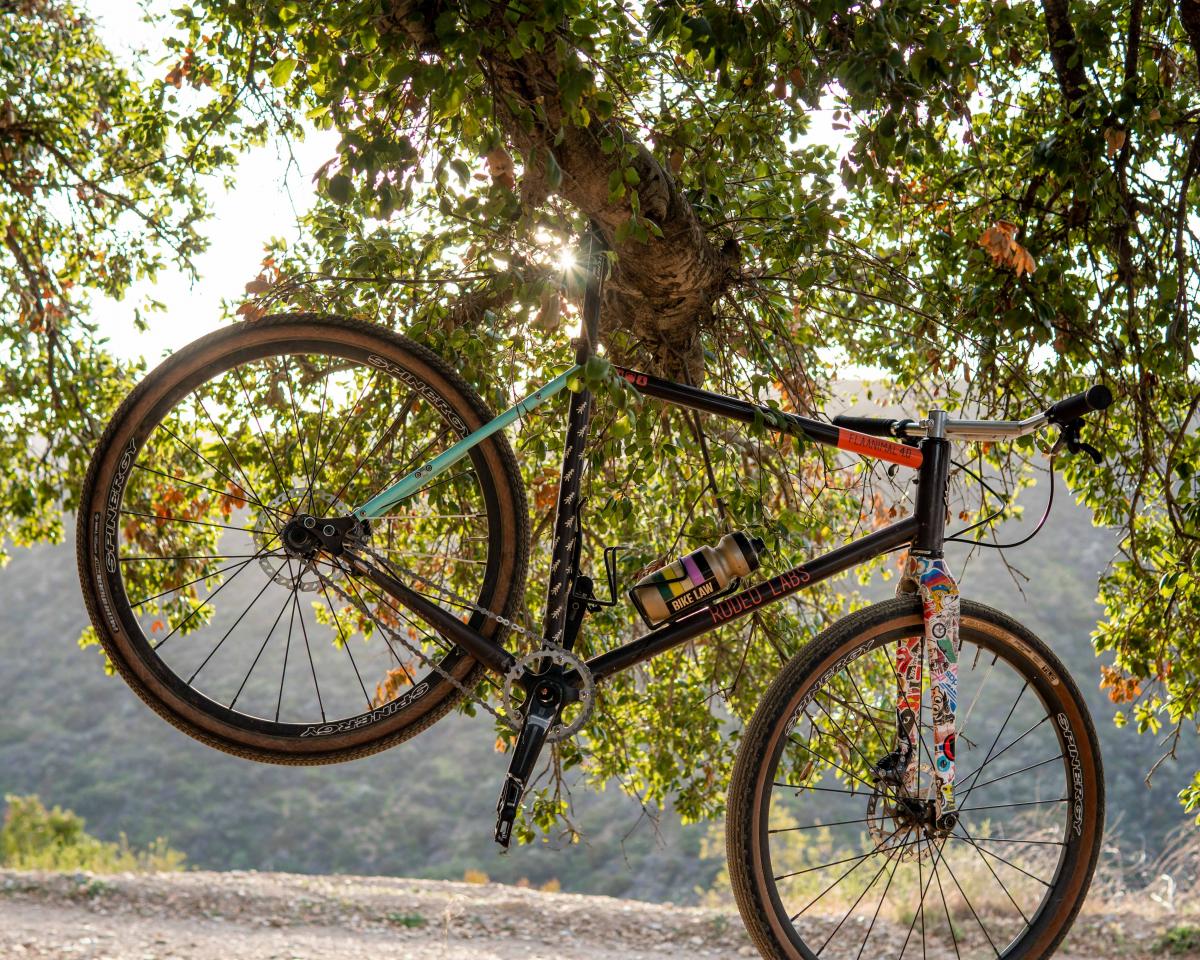
2x
Aristotle’s function argument states that an object’s ability to fulfill its function defines it’s “goodness”. (If you’d like to gauge how good of a life you’ve lived, define your “function” and follow those principles). Following Aristotle, I’m going to argue that for most gravel bikes, a 2x drivetrain is the most good.
The function of the drivetrain is to operate smoothly, not break and to change gears in a manner that suits the terrain to keep the rider within the optimal cadence range. These modern 2x drivetrains, Shimano’s especially, operate so smoothly and have so much range that with a 50/34 and an 11-34 you can ride from a fast group ride to a 70lb loaded bike tour without yearning for more gears. There is no “man I wish I had a easier gear”. These gears don’t fail, they don’t gum up, the gaps are smooth, and two shifters are so easy to ride. If you’re new to the whole gravel scene, and coming from the road, this is the way to go. Gear ratios at around 1.00 feel amazing shifting into when grinding up long climbs, and the 50/11 (4.55) is sublime going back downhill. I’m no longer a big downhill-pedaler, but I do like the option.
I broke my rear shifter touring in Uganda last summer (the first week, thanks Murphy). My derailleur was put into the 15t cog and I had a 2 speed to get to a bus station. Sure this is novel, but I appreciated it at the time.
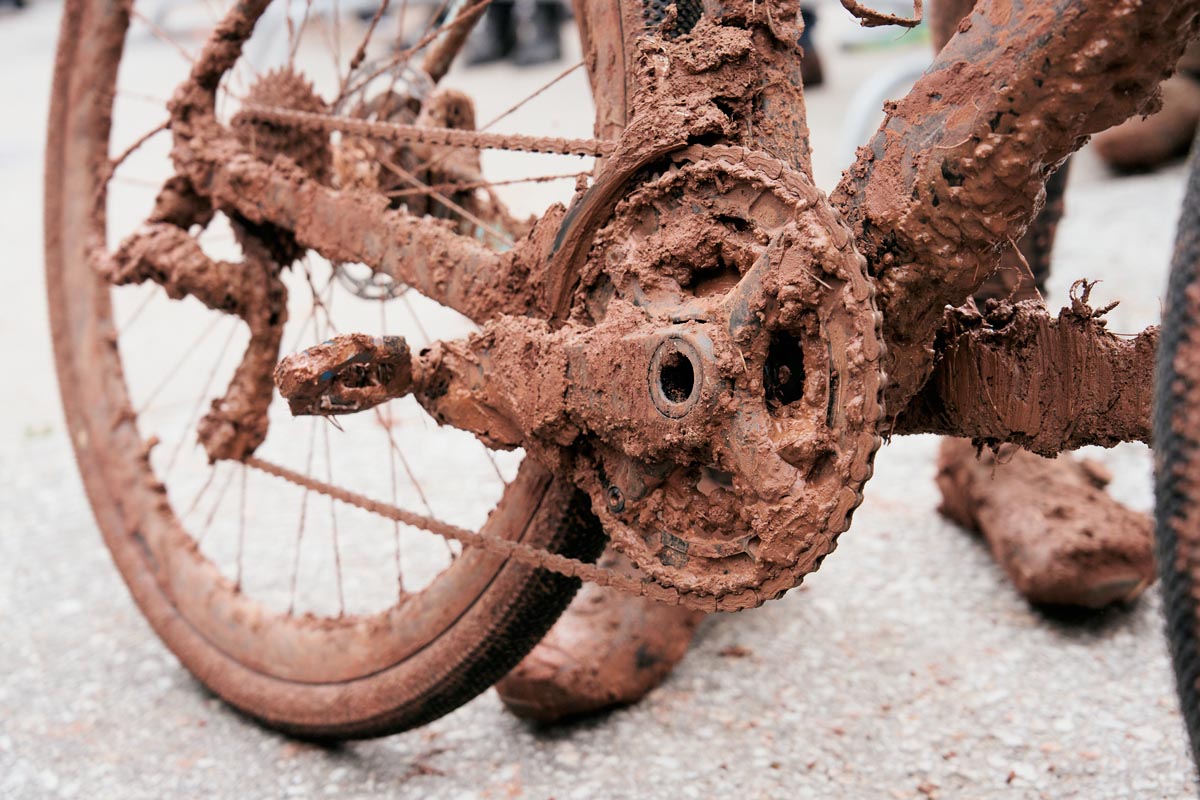
1x
In the extremes is where a 1x really shines. If you’re coming to gravel from the mountain side, this could feel more familiar. Mountain bikes will run a 1x for better suspension articulation, the ability to run shorter chainstays, and better chain retention. Clutch derailleurs have made both the 1x and 2x drivetrains very secure, and a gravel bike doesn’t have suspension (or at least it shouldn’t *cough*). Our bikes are designed to run a front derailleur with no problems. So when is a 1x better?
In extreme mud (and I mean extreme) you can ride at the limits for a bit longer.
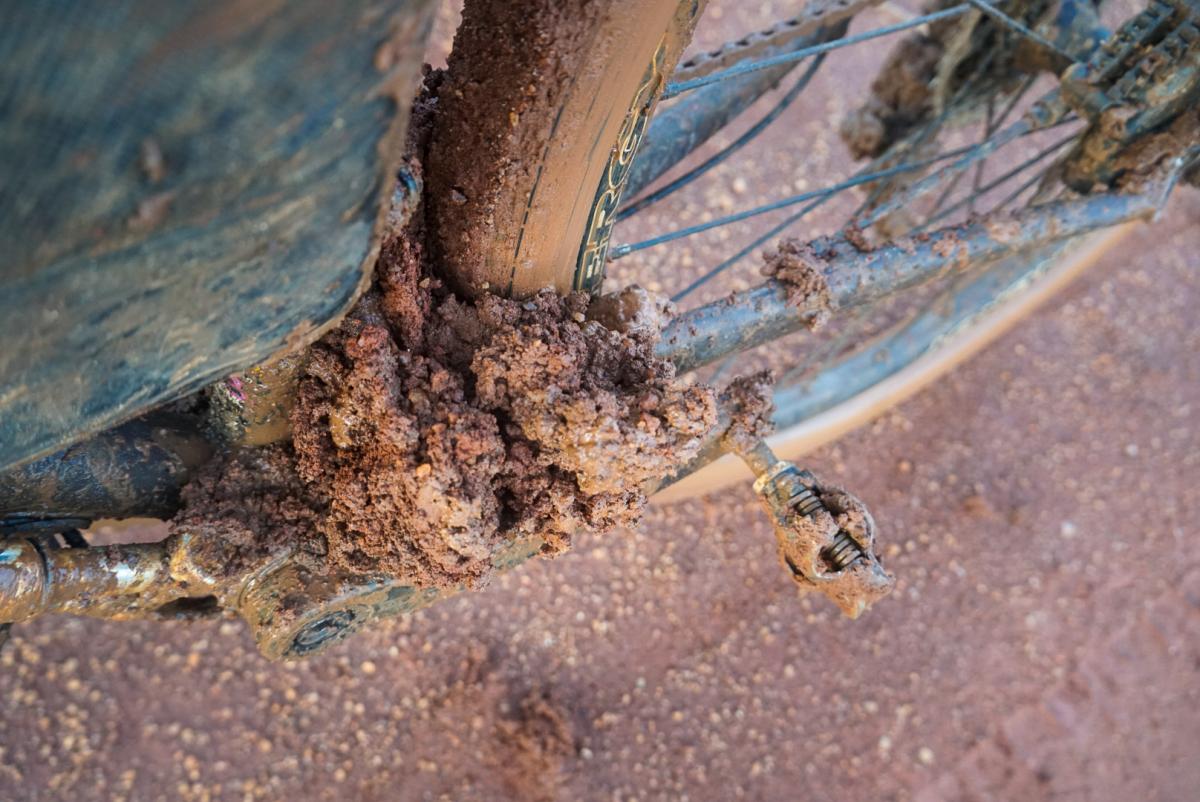
If you’re building a weight weenie bike, you can save a couple hundred grams ditching a shifter, derailleur and cable. (How many cheeseburgers does a shifter cable weigh?)
Budget builds can save $50-$150 by going 1x.
No I will not discuss the aerodynamic effects of a 1x.

By going 1x, your options are the Shimano 11-42 capable GRX-812 drivetrain, Sheldon’s 12 speed 10-51t special (with a bar end shifter), a Sram 11 speed 10-42t mechanical drivetrain, or the 12 speed 10-50t Sram Eagle AXS. (Or the Rotor 13 speed for the daring individual). Another cassette that we are very fond of here at The Lab is the eThirteen 9-46 11 or 12 speed cassette. You can run it with Rival 1, Force 1, XT / XTR Di2, and perhaps a few other systems. We tend to run it with XT Di2. With this cassette you get a massive 1x gear range that will get you up or down pretty much any mountain in more or less the right gear.
You do find bigger spacing between gears going with these wide range 1x routes. If this is a problem depends on personal preference and knee fragility.
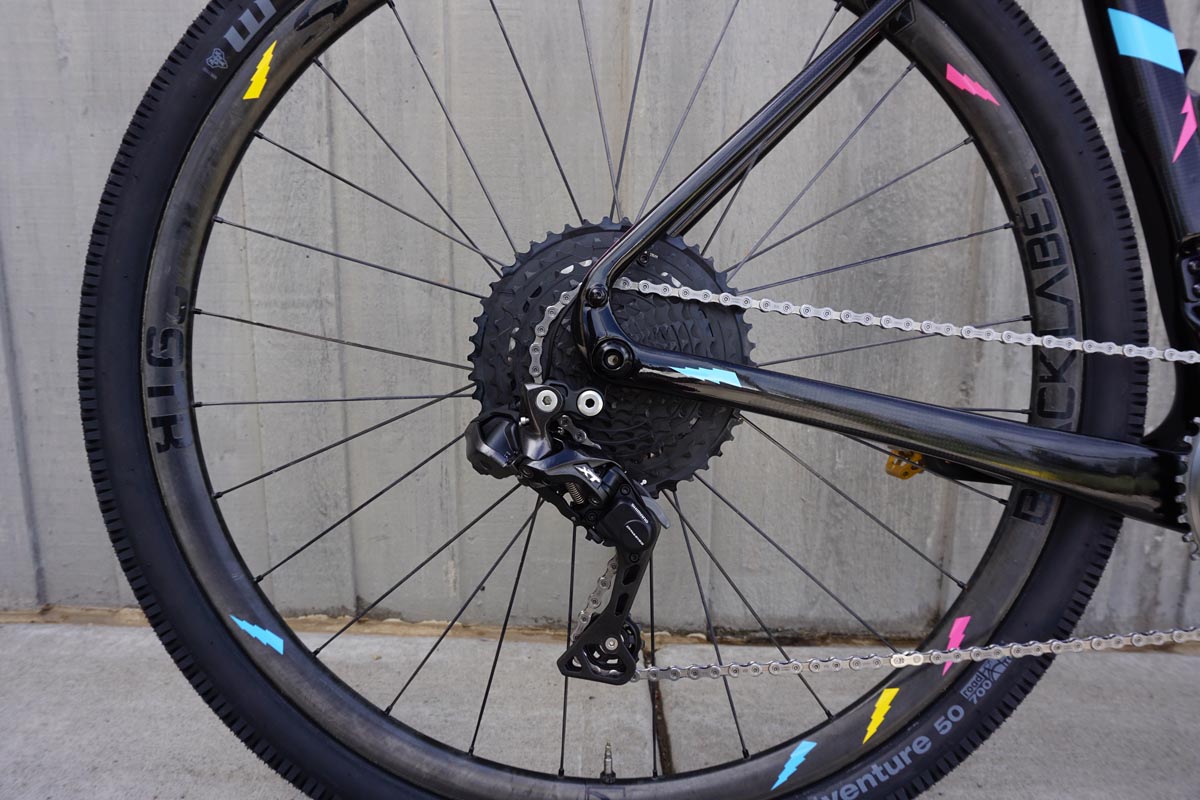
My final thoughts:
The smaller spreads give up too much range on the ends to make the other gains worth it. When we’re aiming for invisibility, looking down praying for another gear on a climb or spinning out thumbing gears isn’t quite what Aristotle says defines the drivetrain as quality. But the other options are growing more exciting by the day. Once we see a 12 speed true drop bar brifter, that 10-51t spread is going to be incredible. And if you want to charge your bike, connecting Sram’s 10-50t cassette and a remote dropper post to the other shifter is a surefire way to ride sick and look sicker.
But until these options come out or down in cost I’ll continue to recommend a 2x to most buyers. If you want a bike to ride good all the time and not just most, these new 2x systems just work.
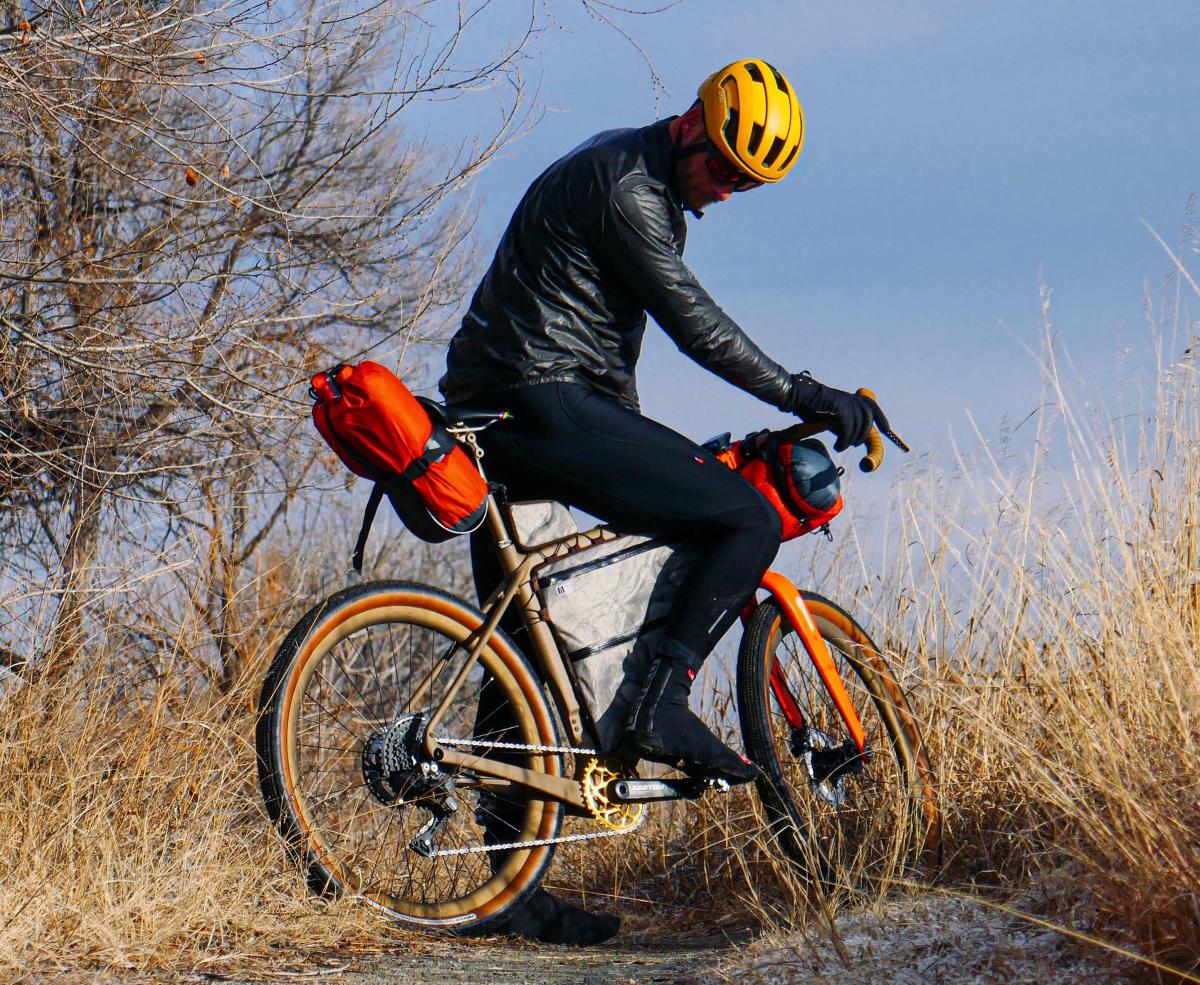
DISSENTING OPINION:
Stephen here. I think Evan’s thoughts are rational and good but I haven’t settled on the same conclusions that he has. So I’ll add my own thoughts to the matter in order to make the decision more confusing and difficult to make.
I think 2x systems are truly excellent these days and advise many people to go with that choice if it seems like a good match for them, but on my personal bikes I run 1x, have done so for years, and have no plans to ever go back to 2x.
I’ve been a cyclist for three decades. I’ve ridden more or less every discipline and I’ve raced most of them as well. I get the benefits of close ratio 2x shifting and I do love a nice 2x drivetrain, but I go with 1x for two reasons:
- The gear range I need is there. For most rides a 10-42 cassette with a 42t chainring up front is more than adequate. If I start to do more steep / fast rides I switch to the 9-46 in back to get an even wider range of gears. All of the concerns of large jumps between gears simply don’t bother me in real life. When I need an easier gear I click it up one. When I need a more difficult gear I click it down one. I don’t notice the gaps at all. To Evan’s core point: The 1x system just disappears for me and that is why I like it so much.
- The simplicity of the system can’t be beat. With 1x I have no concerns about cross chaining between big ring and big cog or small ring and small cog. There is no “wrong” way to shift with 1x. I also don’t have to keep that fussy front derailleur adjusted correctly. I hate setting up front derailleurs. I hate front derailleur trim. The whole visual apparatus of a front derailleur is a bit brutal. For all of those reasons I steer clear of 2x and go for 1x. When I’m riding I can look down at my crank and all that is staring me back is a simple single chainring. Sorry front derailleur; I don’t miss you.
If I’m going bikepacking I don’t need that 42t up front because my speed stays pretty low so I opt for a 38t or 36t front ring. A 36t chainring with a 9-46 in back was enough to cross Morocco on with about 80,000 feet of climbing in the mix, so it’s good enough for me.
But here’s the thing. Even though I love 1x I’m happy to say that there is no clear superiority over 2x. All of the factors I’ve just mentioned come down to personal preferences not so much performance. I think a few years ago 1x was better for off road riding than 2x but nowadays 2x drivetrains have caught up and are phenomenal. When set up by a great mechanic the front derailleurs, especially from Shimano, are essentially flawless.
So Evan prefers 2x and I prefer 1x. We both ride bikes a lot, we both have opinions, but in the end either will make you quite happy.
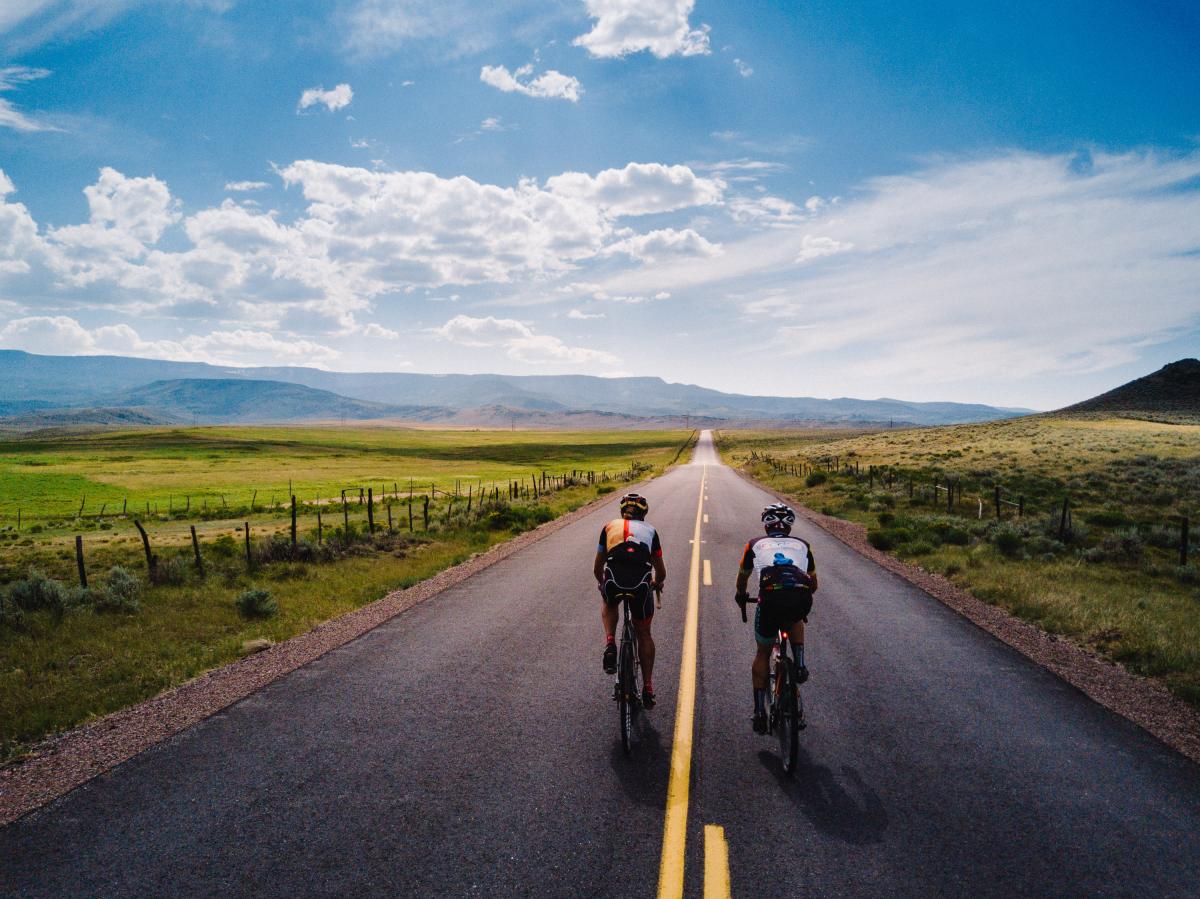

1 Comments
It’s worth noting that you can push the official (and overly conservative) specs from Shimano and run their latest medium-cage 2x rear derailleurs with an 11-40 cassette (I’ve personal experience doing so with the RD-R8000-GS, RD-RX800-GS, and the RD-RX815.) I’m currently running 48/32 chain rings with an 11-40 cassette, and there’s no way I’d want to go to a 1x. Being a little on the heavier side means I want all the low-end I can get for climbing; but the corollary is that I often find opportunities to use the 48×11 when I’m working *with* gravity! LOL